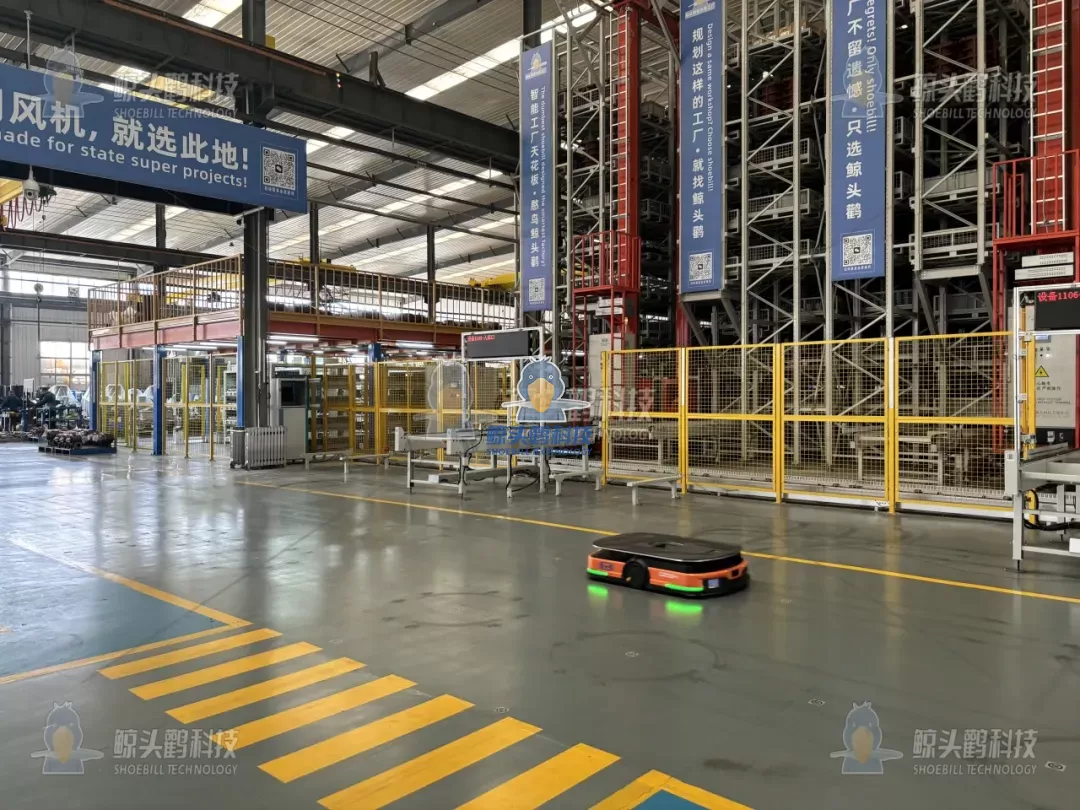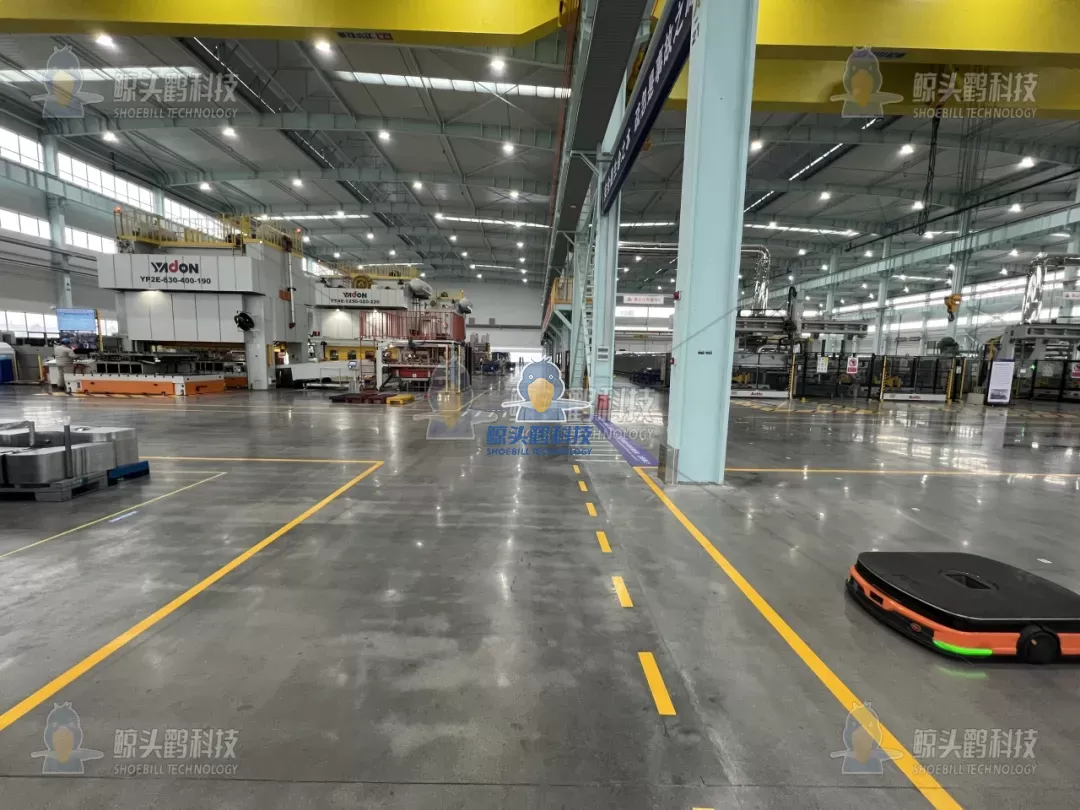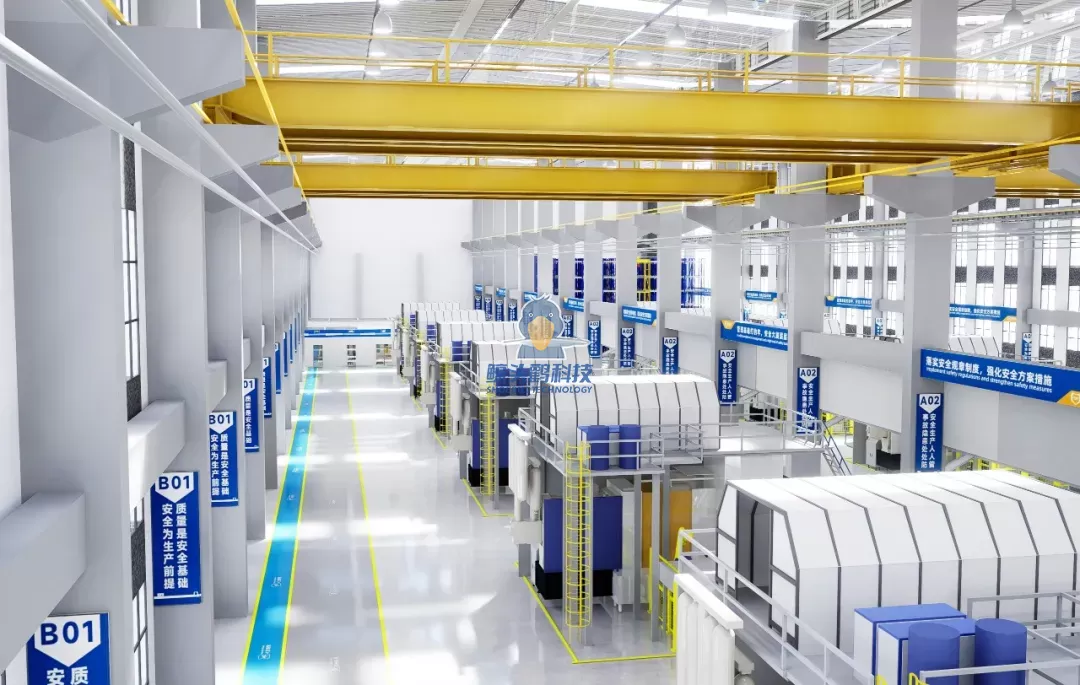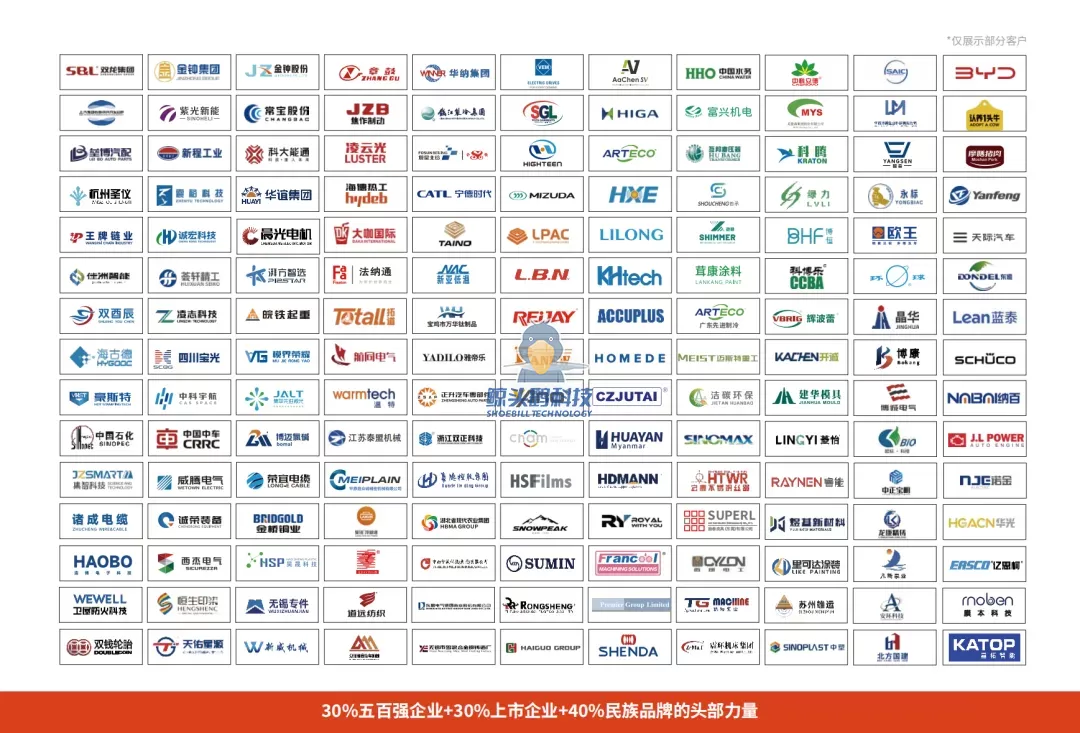- This topic is empty.
-
AuthorPosts
-
18/09/2025 at 18:17 #80232
In modern manufacturing, the factory layout is more than just an arrangement of machines and equipment. It defines how material flows, how people move, and ultimately how efficiently a plant operates. A poorly designed layout often results in wasted movement, bottlenecks, and underutilized space. In this blog post, Shoebill Technology, a professional lean production layout service provider, will share the core objectives of lean factory layout design, its principles, etc.

Core Objectives of Lean Factory Layout
The primary goal of a lean manufacturing plant layout is to build a system that promotes smooth flow, flexible operations, and minimal waste. Rather than treating each department as a silo, a lean layout integrates processes into a connected ecosystem. The key outcomes include:
-
Shorter production cycles through streamlined workflows.
-
Reduced inventory levels by cutting unnecessary buffers.
-
Improved space utilization with compact and logical arrangements.
-
Stable quality performance by reducing errors caused by poor handling.
-
Enhanced flexibility to quickly adapt to market or product changes.
In short, a lean factory layout converts a “collection of machines” into a synchronized production system that behaves as one cohesive unit.

Seven Guiding Principles for Lean Factory Layout Design
When rethinking factory design, manufacturers must go beyond surface-level changes. A lean production layout relies on universal principles that ensure flow, safety, and efficiency.
1. Prioritize Smooth Logistics Flow
The first principle of a lean facility layout is to create continuous and clear material flow paths. By eliminating unnecessary crossings, backtracking, or stoppages, materials reach production lines with minimal friction.
2. Minimize Transportation Distance
Every extra meter of movement adds cost and delays. A lean shop floor layout minimizes transport distance between workstations, ensuring tools, materials, and products move in the shortest possible path.
3. Maximize Space Utilization
Large empty areas or cluttered storage corners drain efficiency. Through compact design and optimized storage, space utilization can improve by 30% or more, turning wasted space into productive value.
4. Build Flexibility into the Layout
Markets evolve, and production requirements shift. A flexible lean factory layout leaves room for line adjustments, modular expansions, or product mix changes without requiring full-scale redesign.
5. Ensure Seamless Process Connections
By reducing intermediate storage and ensuring processes are tightly linked, a lean layout avoids delays and accelerates flow. Modular work cells often replace traditional long lines, increasing adaptability.
6. Support Human-Machine Collaboration
Operators remain central to lean systems. Layouts must ensure ergonomics, safety, and convenience, creating a user-friendly environment that reduces fatigue and boosts productivity.
7. Integrate Environmental Optimization
Lighting, ventilation, and noise control are not afterthoughts—they directly impact efficiency and employee well-being. A sustainable lean layout considers these factors from the planning stage.
Five-Step Path to Implementing a Lean Factory Layout
Designing a lean manufacturing plant layout is not an overnight project. It follows a structured path that ensures alignment with production needs and future growth.
Step 1: Define Capacity and Production Rhythm
Planners first determine annual output, hourly production rates, and takt time. These metrics serve as the foundation for layout decisions.
Step 2: Focus on Core Products with PQ Analysis
Pareto analysis helps identify which products drive the most value. Resources and space are then allocated based on these priorities, ensuring critical lines receive the necessary support.
Step 3: Optimize Material Handling and Storage
Instead of large centralized warehouses, lean layouts favor “supermarket-style” decentralized storage close to the production line. This reduces handling and keeps material flow continuous.
Step 4: Incorporate Environmental Improvements
Factory layouts should address real-world challenges such as poor airflow or excessive heat. Integrating ventilation systems, natural lighting, and safety enhancements ensures long-term usability.
Step 5: Compare and Select the Best Layout Option
Planners typically design multiple layout alternatives, evaluating them against performance, flexibility, cost, and safety. The chosen plan balances efficiency with adaptability.

Key Success Factors for Lean Layout Implementation
Designing a lean layout is only half the journey. The real challenge lies in execution. Several factors determine whether the new layout will succeed:
-
Leadership Commitment – Senior management must actively support and champion lean transformation.
-
Cross-Department Collaboration – Production, logistics, maintenance, and safety teams must coordinate from planning to execution.
-
Employee Engagement – Operators provide valuable insights on workflow and ergonomic needs; their participation ensures practical results.
-
Embedded Lean Culture – Without embedding lean principles into daily operations, even the best layout may fail to deliver long-term benefits.
A lean production plant layout is not a one-time project but an evolving framework that continuously adapts as processes improve.
Benefits of Lean Factory Layout for Smart Manufacturing
In the era of Industry 4.0, factories are moving toward intelligent and connected systems. A smart lean factory layout is the foundation that enables digital tools—such as automated guided vehicles (AGVs), IoT sensors, and real-time data tracking—to function effectively. The benefits include:
-
Higher efficiency through seamless integration of automation and manual processes.
-
Faster response times to market demand changes.
-
Sustainable cost reduction by lowering waste and energy consumption.
-
Scalable growth through modular and flexible design.
By combining lean layout design with smart technologies, manufacturers build plants that are both efficient today and adaptable for tomorrow.

Conclusion
The design of a factory is not merely about equipment placement—it defines how effectively a business can compete in today’s global market. A lean factory layout turns manufacturing facilities into dynamic, waste-free systems that respond quickly to customer demand while keeping costs low.
By adhering to lean principles, following structured implementation steps, and fostering a culture of collaboration, companies can transform their operations into true smart factories. In the end, the right layout is not just a blueprint—it is the strategic engine that drives long-term success.
https://www.shoebilltech.com/blogs/lean-factory-layout-design-in-manufacturing-system.html
Shoebill Technology -
-
AuthorPosts
- You must be logged in to reply to this topic.